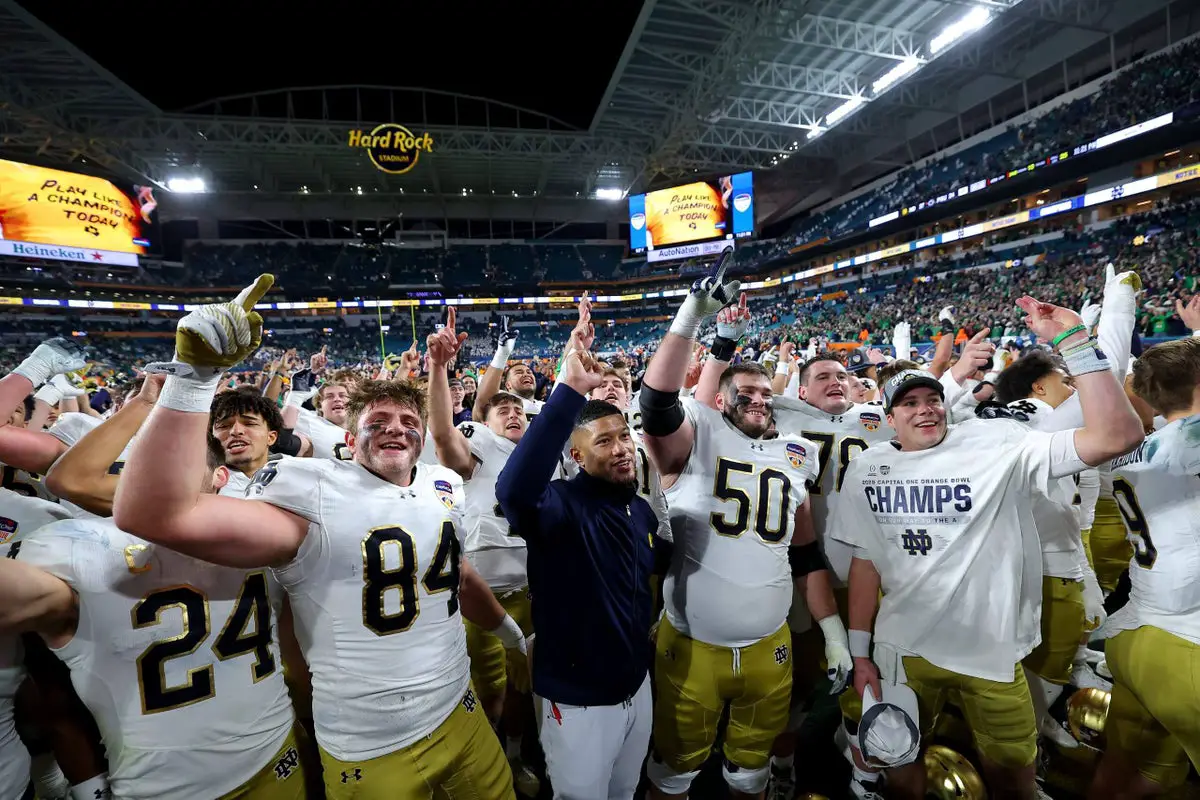After years of global growth, the luxury industry is facing a new foe: “underconsumption”. On TikTok #underconsumptioncore emerges as a trending topic, as the next generation of potential shoppers swap tips on how to look good while buying and spending less. The entire sector is struggling as consumers wince at luxury prices, and are left bemused by the rapid turnaround of designers.
Last week, shares in Kering, owner of luxury labels including Gucci, Balenciaga, Yves Saint Laurent and Alexander McQueen, hit a seven-year low after reporting that operating income in the second half of the year would be down 30% after a 42% drop in the first half.
LVMH, the French luxury behemoth, later confirmed worries about stalling demand even among brands with wealthier client bases that don’t typically chase younger, less affluent shoppers, when the company missed its sales estimates.
Even LVMH’s champagne sales are in decline. The company’s chief financial officer, Jean-Jacques Guiony, said it could be that the current global climate “doesn’t lead people to cheer up and to open bottles of champagne”. In the process, the LVMH chairman, François Pinault, lost $19.2bn or 9% of his net worth, according to the Bloomberg Billionaires Index, slipping behind Tesla’s Elon Musk and and Jeff Bezos.
Only brands catering to the wealthiest of wealthy consumers seem to be weathering the shift. Hermes reported a 13% increase in sales. Burberry, by contrast, issued a second profit warning in a year, replaced its CEO and saw shares fall to 2010 levels.
With shoppers curbing spending after exhausting their pandemic cash in the face of an ongoing cost-of-living crunch, some wonder if consumers are losing their taste for luxury. Some in fashion worry that recent years will come to be seen as a luxury bubble – the product of 0% interest rates.
After running up prices post-Covid, some brands are discounting heavily to tempt Asian consumers back into the market and to grapple with overstocking.
In the past, “everyone was a winner” in the luxury market in China, Jonathan Siboni of the fashion data company Luxurynsight told AFP. “Now there is a polarisation between winners and losers.”
Kering noted that it was affected by “uncertainties weighing on the evolution of demand from luxury consumers”. That indicated that younger consumers, strategically teased to become major consumers later, might not be so easy to seduce.
That appeared to be the case in the vintage clothes shops of Williamsburg, Brooklyn, this week. Miles from the main drag of fashion stores in SoHo or Fifth Avenue, Williamsburg has long made the shift from hipster hangout to mainstream shopping mecca with its thrift stores, restaurants and indie bookshops. Its latest makeover has been all about luxe. Chanel opened its first Williamsburg store last year selling makeup and Hermes followed suit, selling dog bowls, scarves and belts. Last summer, the brand held its post-fashion week party in Williamsburg with the film-maker Taika Waititi taking to the runway, Kim Gordon playing a set and Matt Damon in the crowd.
The high-end brands may be here but vintage fashion stores rule the strip and have some thoughts on the luxury lag.
Katina Fauteux, 30, of Chickee’s Vintage, said luxury wasn’t dead but on a learning curve. “If big houses tapped into vintage, they could appeal to the younger generation. They could resell, like Levi’s sells old 501s. If Prada did that, it would bring in a new customer base my age or younger.”
In Fauteux’s view, even fashionistas have been put off by the big brands as fashion houses turn over their designers so fast that it had become impossible to get settled and follow a career. “They’re not anywhere for long enough to make an impact,” she adds, and points to a black Christian Dior dress, “created just to make money”.
Around the corner, at Chickee’s men’s store, Chloe Lacombe said generation Z hadn’t lost interest in fashion – probably the opposite – but the luxury brands were “losing us when it comes to shopping”.
“People my age don’t tend to go to the Gucci store or the Louis Vuitton store. We want to find it elsewhere, in a [vintage] store like this. There’s a new age of retail emerging that’s not as transactional as those stores where you go in, everything is a thousand dollars, has amazing customer service but you can’t chat to them about your day or where the best local coffee shop is. They’re there to sell you things.”
There are also ecological and exploitation concerns that have spread from fast-fashion to high-end fashion. A Milan court recently named LVMH-owned Dior and Giorgio Armani as two brands whose products were made in sweatshop-like conditions in Italy. Bloomberg found that Loro Piana’s $9,000 vicuña sweaters relied on free labor by Indigenous Peruvian farmers.
The big brands are still hoping luxury marketing can solve their structural and reputational problems. LVMH created the medals and trunk for the Olympic flame at the games in Paris, along with many of the outfits for the opening ceremony – perhaps a little too obviously.
The fashion writer Amy Odell noted the company “managed to turn the Olympics opening ceremony into a giant ad for itself … LVMH brands didn’t just insert themselves here and there, they were more like a marketing patina over the entire thing.”
Not everyone is convinced it is money well spent. In Williamsburg, Marco Liotta, a founder of Amarcord, one of Williamsburg’s first high-end vintage fashion outposts, said his customers “don’t want to be categorized. They want to be recognized for the uniqueness of the look, to be differentiated and not connected to something that took 50 gallons of water to produce.”
He ventured that the big houses needed to find new target audiences, including communities they never previously served. Bottega Veneta, he noted, had recently shown in Atlanta “because that’s where the largest community of rappers and the Black community with money is”.
“Brands should give up on the super, filthy rich because they’re always going to buy Gucci,” he added, “and look to communities they never served”.





